

Affordable senior housing is transforming the way retirees live by offering specialized communities that blend accessible living, supportive amenities, and social engagement—all at a manageable cost. These modern developments, often called retirement villages, focus on providing residents with not only a place to live but also opportunities for connection, activities, and lifelong learning. Throughout the United States, these communities cater to older adults who seek independent or semi-independent lifestyles without the financial burden associated with traditional retirement homes.
Instead of isolated housing or expensive care facilities, the latest retirement villages emphasize affordability, flexibility, and inclusion. By leveraging innovative design, government incentives, and creative service models, these housing solutions are opening up vibrant retirement living to a wider portion of the population. Every aspect of a retirement village—from its physical layout to the types of social events offered—is meticulously crafted to enhance quality of life for seniors, regardless of their income bracket.
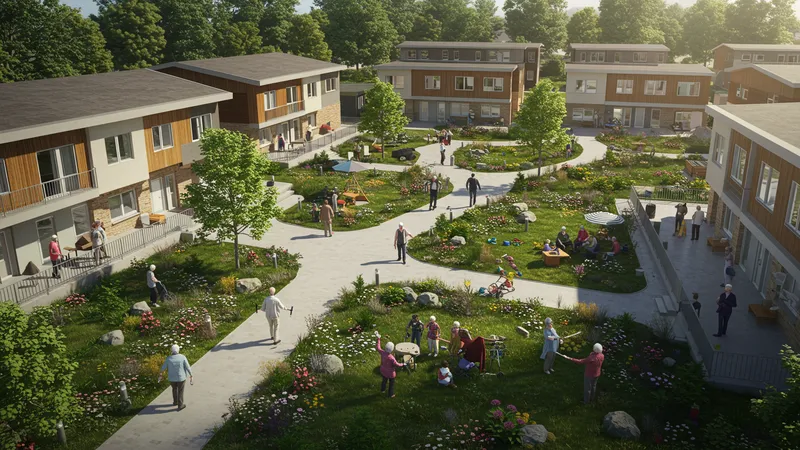
One standout feature of affordable senior housing across the United States is the range of services integrated into these communities. Beyond basic shelter, retirement villages emphasize accessible transportation, daily social programs, and built-in wellness amenities. Such offerings give residents a safe and active environment that would often be inaccessible in standard rental apartments. Compared to the average assisted living cost, which can exceed $4,000/month, these villages make independent living attainable for a broader demographic.
The success of retirement villages like Fairmount, The Gardens at Gahanna, and properties managed by Volunteers of America, highlights how public and private collaboration is pivotal. Partnerships with city, state, and federal initiatives enable these communities to moderate costs while ensuring compliance with evolving safety and accessibility standards. For instance, many affordable senior housing projects incorporate low-income tax credits, Section 202 programs, or HUD-sponsored funding, directly impacting affordability without compromising service quality.
Affordability in retirement villages is also achieved by streamlining operational costs and embracing space-efficient architectural strategies. Multi-purpose spaces, shared gardens, communal dining areas, and technology-enabled security all help to lower individual unit costs while boosting comfort and social interaction. These features set affordable villages apart from more isolation-prone or expensive senior housing models and reshape the image of retirement living in the United States.
Recent trends further show strong demand: waiting lists for affordable retirement villages are growing, and studies by organizations like AARP indicate the majority of older Americans favor aging in place with community support. By keeping rents accessible and layering in critical services, these forward-looking organizations respond directly to the realities of aging in the U.S.
In summary, affordable senior housing is not simply a scaled-down version of traditional options—it’s a dynamic reimagining that empowers older adults. While the initial examples show how varied these communities can be, the next pages dive deeper into specific features, design innovations, and social benefits that continue to shape the future of retirement villages. The deeper details reveal even more valuable insights ahead…
Affordable senior housing communities in the United States are rethinking physical layouts to promote independence and shared experiences. Open floor plans, single-level residences, and elevators make navigation easier for residents with mobility challenges. Outdoor courtyards and communal gardens are common, providing fresh air and social spaces. Unlike older models, new villages emphasize connection—walking paths, lounges, and flexible event areas are prioritized to encourage interaction and reduce isolation.
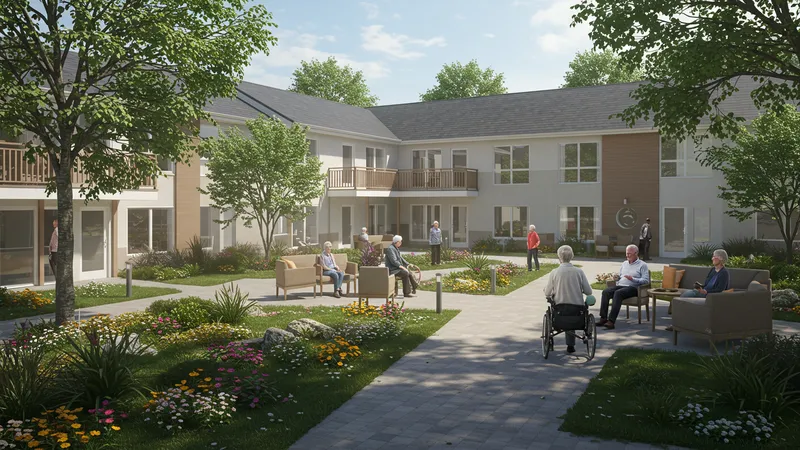
Prime examples like Fairmount integrate adaptive features such as handrails, wide doorways, and nonslip flooring, meeting or exceeding ADA requirements. These innovations enhance safety while preserving home-like comfort. At The Gardens at Gahanna, modular designs allow for the customization of living space, catering to both singles and couples. This forward-thinking approach not only supports varying needs but also appeals to a wide range of backgrounds and lifestyles among residents.
Energy efficiency is becoming increasingly vital in affordable retirement villages. By integrating solar panels, energy-efficient windows, and high-performance insulation, operational expenses are kept low—translating into consistent rent pricing. Volunteers of America’s senior housing often leverages green building practices to stretch funding further and support sustainable community development. These initiatives are growing each year, especially in energy-conscious states like California and New York.
Safety is another design cornerstone. Retirement villages incorporate technology-enabled emergency call systems, monitored entryways, and secure campus layouts. Innovations such as resident check-in kiosks or wearable emergency pendants are no longer exclusive to high-end communities; they are increasingly standard even in affordable models. These advancements contribute to peace of mind for both residents and their families, creating an environment where aging with dignity is fully supported.
Today’s affordable retirement villages offer an expanding menu of amenities designed specifically for older adults. Fitness centers with age-appropriate equipment, on-site art studios, and computer labs help residents maintain both physical and cognitive engagement. Many properties, such as Fairmount, run daily wellness classes and social events, keeping participation rates high and strengthening community ties.
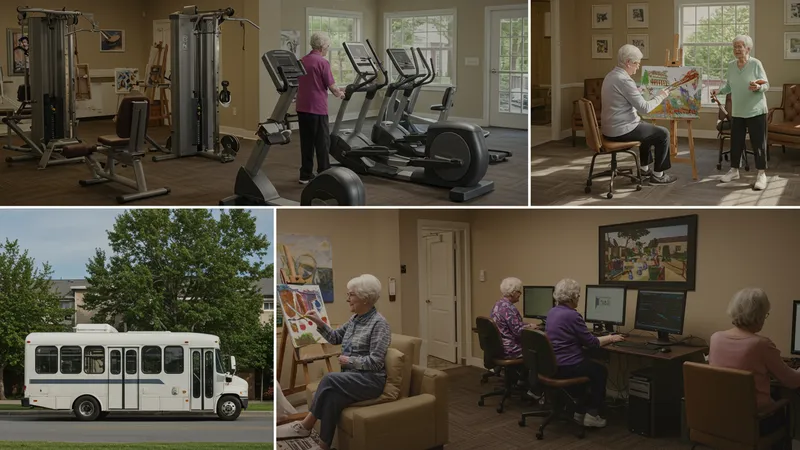
Healthcare support in these settings is often available through visiting practitioner programs or partnerships with nearby clinics, rather than built-in medical facilities. Residents of The Gardens at Gahanna, for example, benefit from scheduled transportation to doctors’ appointments and group outings. These transportation services remain a critical asset in rural or suburban areas where public transit is lacking, helping seniors stay active and self-sufficient.
Nutrition is another primary focus. Affordable villages frequently feature community dining rooms where nutritious meals are provided daily at subsidized rates. These shared meals double as social occasions, reducing the risk of isolation or malnutrition. In Volunteers of America’s senior housing, meal programs are often funded through local grants, ensuring cost remains manageable for residents.
Access to on-site coordinators or resident managers sets many affordable retirement villages apart. These staff members organize group activities, mediate resident concerns, and provide resource referrals. The result is a holistic support system that extends beyond individual apartments, enhancing both quality of life and long-term resident satisfaction.
Keeping senior housing affordable requires intentional financial design. Leading communities use sliding scale rents linked to income, allowing broader resident eligibility without sacrificing operational sustainability. For instance, Volunteers of America Senior Housing frequently aligns rent amounts with HUD guidelines to cap out-of-pocket costs, targeting seniors living at or below 60% of area median income (AMI).
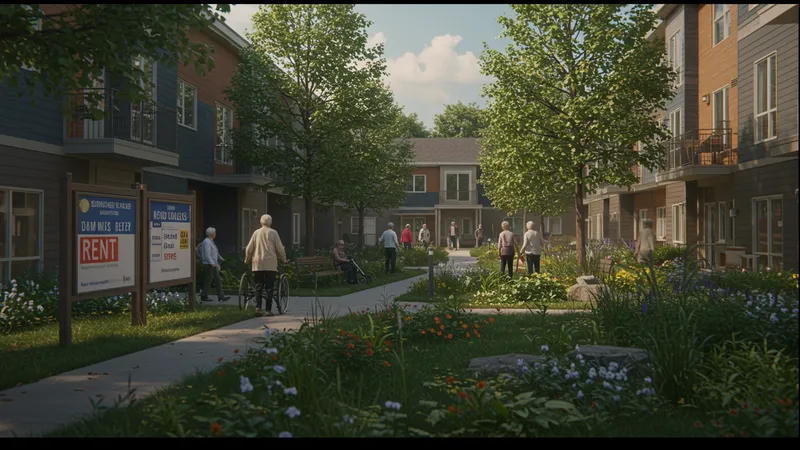
Federal and state tax credits remain essential, particularly the Low-Income Housing Tax Credit (LIHTC) program, which has spurred the development of thousands of units nationwide. Both Fairmount and The Gardens at Gahanna benefit indirectly from these incentives, partnering with developers and nonprofit agencies to streamline project funding. This collaborative approach sustains affordability while ensuring ongoing maintenance and updates to each community.
Affordability strategies also extend to bundled service offerings. Utilities, maintenance, transportation, and emergency response are often included in base rent, simplifying residents’ budgeting and reducing the likelihood of financial strain. This flat-fee structure is increasingly attractive to seniors on fixed incomes, who require predictability without surprise expenses.
Furthermore, some developments introduce flexible lease terms or life-care contracts, adapting payment models to evolving resident needs. These innovations are especially relevant given changing economic conditions in the United States, making senior villages more accessible and resilient during periods of financial uncertainty. As policy evolves, the ability of affordable retirement communities to adjust and respond remains a crucial advantage.
The influence of affordable retirement villages extends well beyond their residents. By fostering vibrant senior communities, they help to relieve pressure on already overburdened family caregivers and long-term care systems across the United States. As demand for senior-appropriate living options grows, these villages provide a crucial middle ground between completely independent living and intensive care environments.
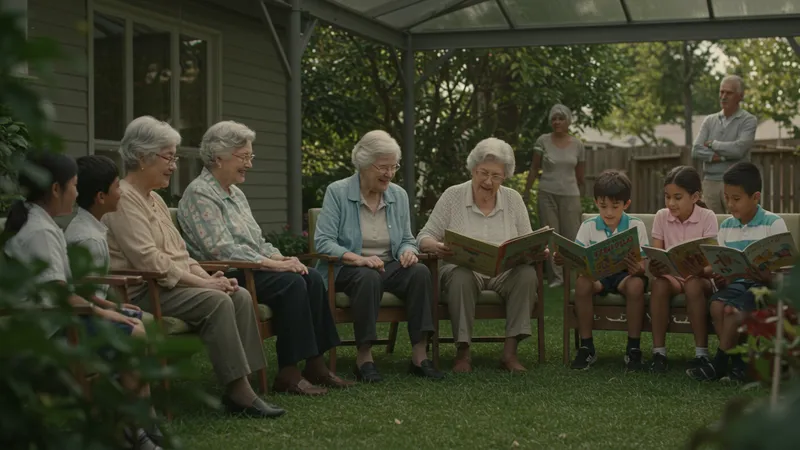
Social integration is a hallmark feature—allowing seniors to maintain meaningful relationships, participate in intergenerational programs, and volunteer both inside and outside the village. For example, many properties partner with local schools, hosting reading programs or arts workshops. Such initiatives not only enrich the lives of village residents but also strengthen ties with the broader community.
Retirement villages also act as catalysts for neighborhood revitalization. Construction and operation can spur job creation, increase demand for local services, and even prompt improvements to infrastructure such as public transit or parks. By blending affordable housing with intentional community design, these developments support age-friendly, inclusive neighborhoods that benefit residents of all ages.
Looking ahead, the role of affordable retirement villages will likely expand. As the U.S. population ages, innovation in social programming, financial modeling, and partnership-building will shape the next chapter of senior living. Continuous improvement is key—each community provides a template for how seniors, families, and policymakers can collaborate to build lasting, supportive environments for older adults.